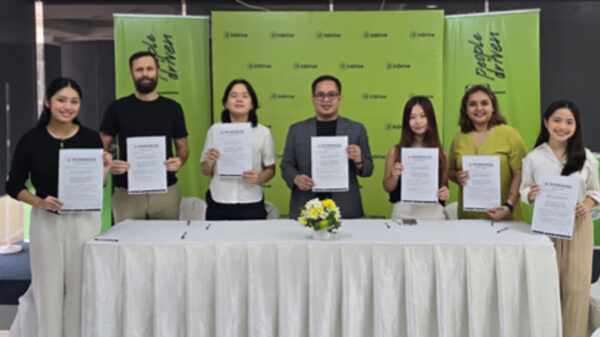Palo Alto Networks, the global cybersecurity leader, recently released the Unit 42 Network Threat Trends Research Report Vol.2. The report highlights the current trends in malware while providing a detailed analysis of the most common types of malware and their distribution methods.
According to the research, 66.6% of total malware is delivered through portable document format (PDF) files attached to malicious emails. PDF files are commonly used in a business environment, and victims are less likely to be wary of an expected file type, versus unexpected file types like EXEs. They could also simply be unaware that this type of file could be used for nefarious purposes.
Most people are aware of warnings against clicking strange links in emails, so PDF phishing schemes could fly under their radar better than a text-based email with just a plain link. Naming conventions expected in a business context like invoice_AUG_4601582.pdf or Updated Salary Evaluation could lure unsuspecting targets into opening these attachments. The attachments themselves might contain a URL link to click, or a button that sends victims to a website with a malicious purpose.
In countries like the Philippines where phishing is one of the most prevalent scams, this trend emphasizes that Filipinos have to be familiar with social engineering tactics as these play a crucial role in making an attack successful.
“Today’s threat actors are like shape-shifting masters, continuously adapting their tactics to slip through the cracks of our interconnected network. With a cunning blend of evasion tools and camouflage methods, the bad actors have weaponized the threats,” says Steven Scheurmann, Regional Vice President, ASEAN at Palo Alto Networks. “They have become adept at exploiting vulnerabilities, and by the time security researchers and software vendors close the door on one vulnerability, cybercriminals have already found the next door to creak open. Organizations must, therefore, simultaneously guard against malware designed to exploit older vulnerabilities while proactively staying ahead of sophisticated new attacks.”
Other key findings from the report include:
- Exploitation of vulnerabilities has increased by 55%, compared to 2021.
- Linux malware is on the rise, targeting cloud workload devices; an estimated 90% of public cloud instances run on Linux. The most common types of threats against Linux systems are: botnets (47%), coinminers (21%) and backdoors (11%).
- ChatGPT scams: Unit 42 saw a 910% increase in monthly registrations for domains, both benign and malicious, related to ChatGPT.
- Cryptominer traffic doubled in 2022.
- Newly Registered Domains: Threat actors were found more likely to target people visiting adult websites (20.2%) and financial services (13.9%) sites with newly registered domains (NRDs).
- Malware aimed at industries using OT technology is increasing: The average number of malware attacks experienced per organization in the manufacturing, utilities and energy industry increased by 238% (between 2021 and 2022).
“As millions of people use ChatGPT, it’s unsurprising that we see ChatGPT-related scams, which have exploded over the past year, as cybercriminals take advantage of the hype around AI. But, the trusty email PDF is still the most common way cybercriminals deliver malware,” says Sean Duca, VP and Regional Chief Security Officer at Palo Alto Networks. “Cybercriminals, no doubt, are looking at how they can leverage it for their nefarious activities, but for now, simple social engineering will do just fine at tricking potential victims. Organizations must therefore take a holistic view of their security environment to provide comprehensive oversight of their network and ensure security best practices are followed at every level of the organization.”












































































































